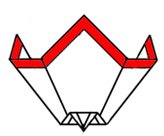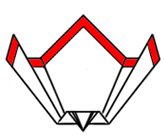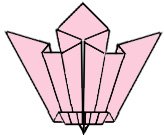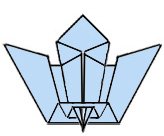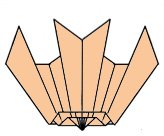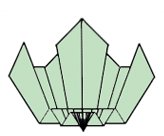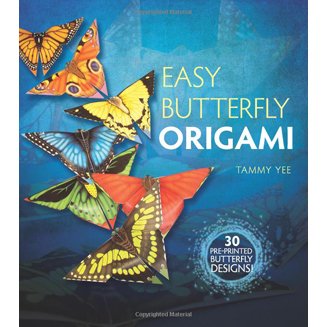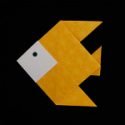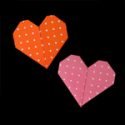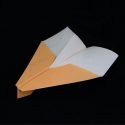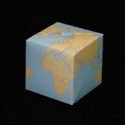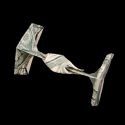Mecho and Ocho: Traditional Origami Butterflies
- wrappers such as noshi,
- envelopes such as tato,
- formal certificates such as Patenbriefs,
- and other functional folds such as letter folds.
[Top image: Mecho. Bottom: Ocho]

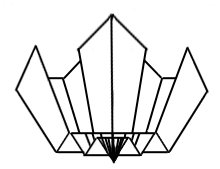

[Photo: Sake paper-cover; proposed precursor to Mecho/Ocho. Image from CDO].
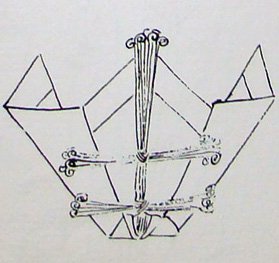
[Note: the 1845 volumes were mistakenly translated as “Kan no mado” instead of “Kayaragusa” thus the Brossmans refer to it as “the lost Kan no mado”.]
From these convoluted events, we can infer that, in 1845, there existed two forms of Mecho/Ocho; one pair is made from the Ogasawara-style of paper folding. The second pair is unnamed so it may be the common form from that era.
[Woodblock prints from 1800’s showing Mecho/Ocho.]
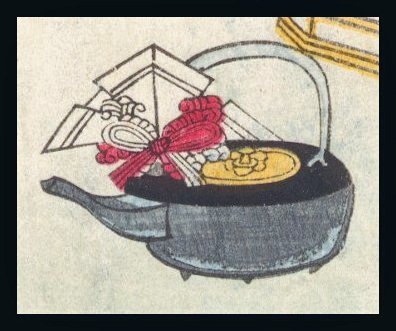
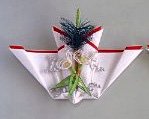
For wedding ceremonies, the paper butterflies are not presented as plain paper butterflies. Instead, they are accompanied with mizuhiki. Mizuhiki is an artform where string or cord are wrapped and knotted into shapes and patterns.
[Sake set for wedding ceremony. Photo from here; a similar set can be seen here ].
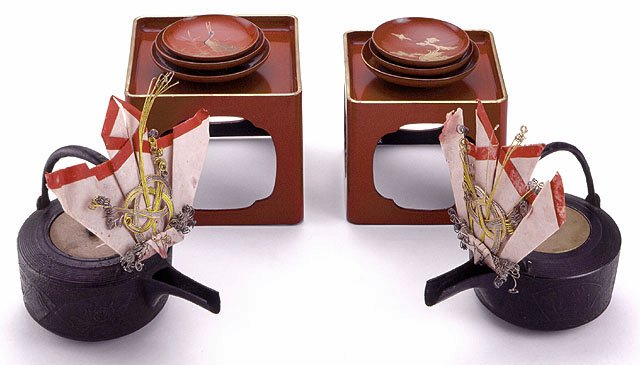

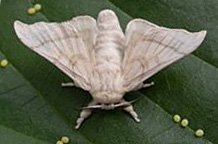
Moth of domesticated silkworm.
One cannot deny that the silkworm moth’s silhouette is similar to the shape of the traditional Mecho & Ocho. As well, the Japanese did cultivation silkworms for the production of silk so it is not impossible that the origami models represented moths. That being said, almost all other sources refer to Mecho & Ocho as butterflies and not as moths.
Is it an error in translation? We will never know.
Books about Origami Butterflies
Please Help
Please help by reporting broken links so that we can fix them. One easy message from you can save us hours and hours of clicking. Thanks!
-
More Origami Diagrams and Instructions…
-
These free origami instructions are made available to you by the paper folding community at large. If you have a diagram you would like to share, or if your diagram is listed here and you wish to have it removed, please Contact Us. Diagrams are intended for personal use. Copyright of the models lie with the origami creators and designers. Please contact the designer and/or creator directly for non-private usage of a model and/or artwork.

